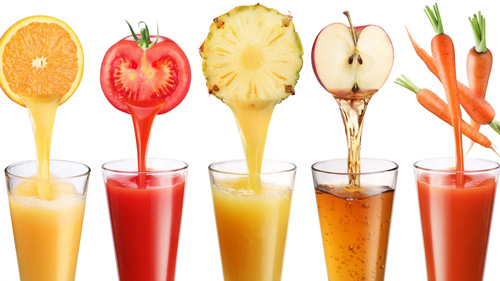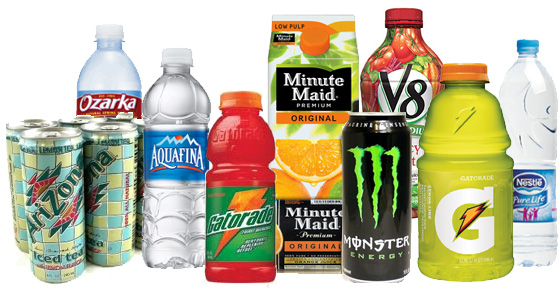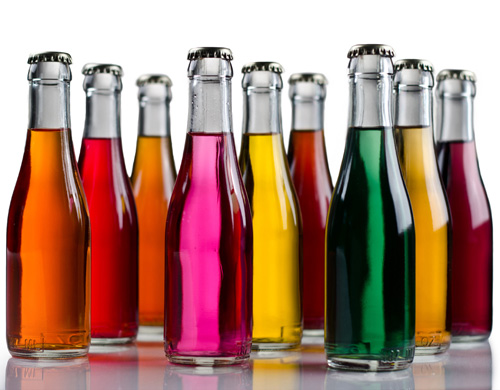Drinking fruit juice has become a habit for many people. The nutrition and vitamins contained in fruit juice are beneficial to our health. Nowadays, there are numerous brands and varieties of fruit juice. They are different in ingredients and packages. Are they as good as they are advertised? Are they really nutritious and wholesome? Here are some methods we can use to identify them.

Color, smell and taste are major indicators to tell blending juice from fresh juice. Here are 4 questions you can think about before drinking.
How dose it look like?
Generally, blending juice looks more bright and uniform in color, while fresh juice looks a little dim. They are apt to discolor and stratify.
How dose it smells?
Blending juice sends forth strong odor, while fresh juice only has a smell of light fruity aroma.
What’s its taste?
blending juice is usually too sweet and cloying, while fresh juice only has faint flavor. They often need white sugar to improve their tastes.
How about it’s thickness?
Blending juice appears to be clear and transparent, while fresh juice looks more thick. With fruit pulps diffusing, they represent better texture.

The above tips are effective methods to identify fresh fruit juice. When it comes to bottled drinks, there are easier ways to identify their qualities.
You can refer to the ingredients written on the label of the package. All qualified products should have the labels describing their specifications including how much pure fruit juice they contain. If the number is 90%, the pure juice content should be the same. You’d better pay extra attention to the preservative and artificial color components. Further more, check out if there is a production license number.
To maximize the profits, some manufacturers manage to produce fruit juice as much as possible at low cost. They add more than 10 kinds of additives, including acidity regulator, acesulfame, food gum, tartrazine, allura red and essence, to fruit juices. In this way, they are able to produce 20 bundles of juice with only one watermelon, and 4 bundles of mango juice with one mango. This kind of blending juice represent harmful effects. Frequently drinking inferior juice will cause many health problems.
Obesity is the most apparent effects. Because of physiological factors, it’s hard for people to resist the temptation of sweet foods. Synthetic sweeteners contained in inferior juice appears no harm at first, but will cause obesity in the long run.

The effects on liver and kidney are more serious. Food additives are used to improve the color and flavor of fruit juice, they do no harm to human body if drank moderately. However, some people are addictive to drinking juice, which will accumulate additives in their body and endanger livers and kidneys. In this regard, inferior juice with more additives is easier to induce body problem.
While there remains possibility that synthetic additives may cause health problem, you don’t need to be over-cautious. Additives within recommended limit have no effect on human body. Concerning children at their growing ages, it is better not to drink to much pigment-contained beverages. Not only because they contains pigments, but also because there are too much sugar. Instead, we recommend them to drink fresh fruit juice. They are wholesome to children’s health and the nutrition helps build up their bodies.




